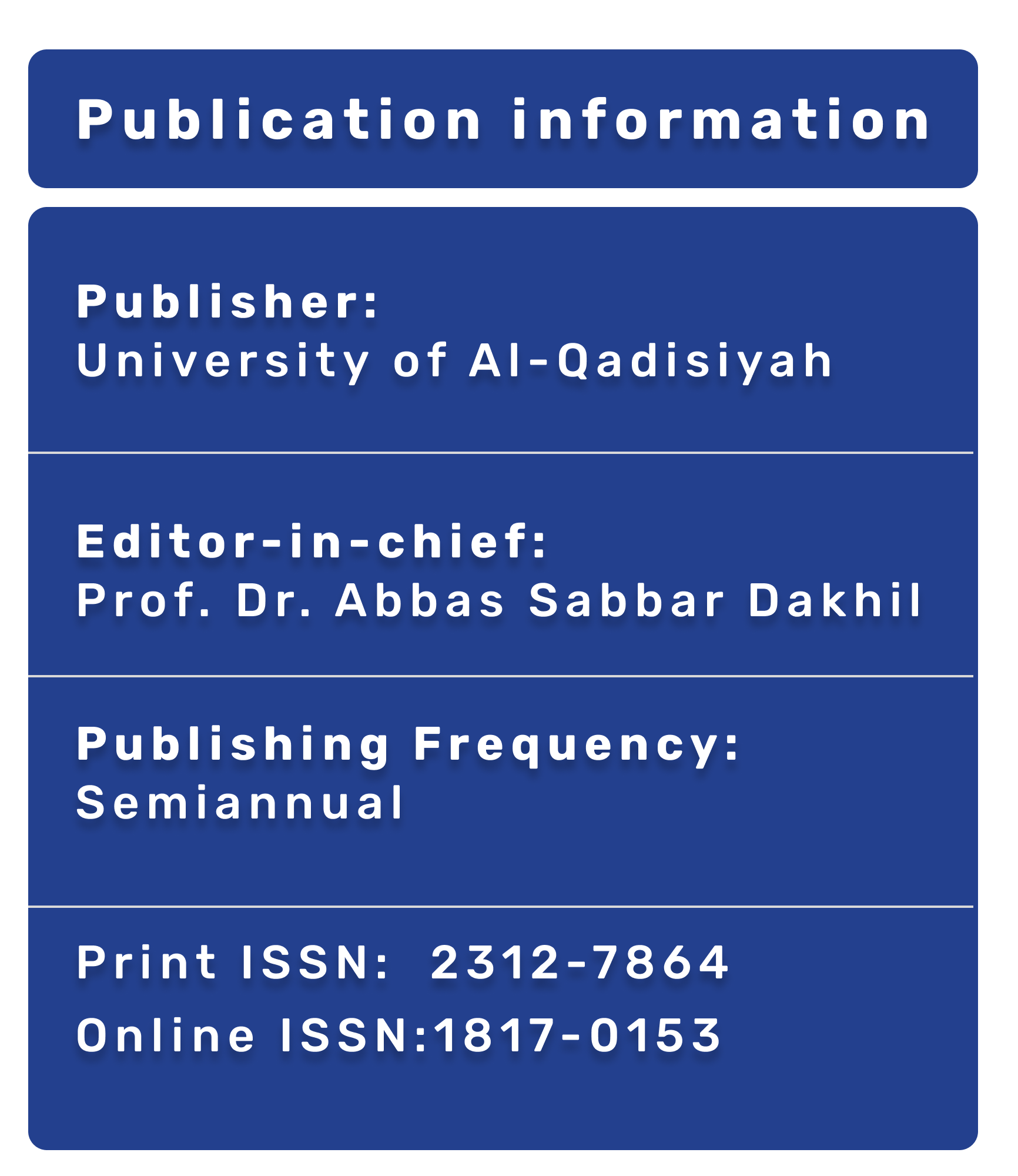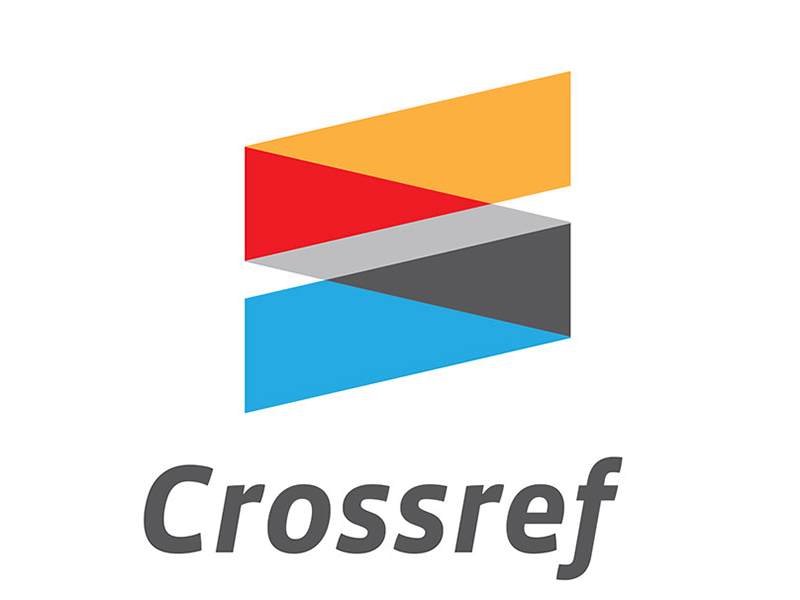Use Silver nitrate cauterization in the treatment of aphthous stomatitis
Keywords:
Aphthous ulcer , Pain relief, Healing time, silver nitriteAbstract
Objectives: to assess the effectiveness of silver nitrate cautery for the treatment of aphthous stomatitis in terms of pain alleviation and recovery time.
Material and methods :130 participants with aphthous stomatitis were selected for the study. They split into two groups: group B (control group) and group A (silver nitrite). Following those for pain intensity, recovery time, and side effects.
Results: Regarding pain, there were statistically significant differences between the two groups after the procedure on the 2nd to the 6th day.On the 6th day, the ulcer was completely epithelialized in 42 patients (60%) in the treatment group and in 20 patients (32%) in the placebo group. The difference was statistically significant (p < 0.01). In group A, the mean healing time was 2.5 days after the treatment. In group B, the mean healing time was 5.7 days. The difference was statistically significant (p < 0.01). No side effects were recorded in both groups.
Conclusion:
The use of silver nitrate cautery appears to be a quick and efficient method of treating aphthous stomatitis pain. Additionally, this therapy speeds up the healing process for ulcers.
References
J.V. Bagan et al. Recurrent aphthous stomatitis.A study of the clinical characteristics of lesions in 93 cases J Oral Pathol Med (1991).
Jurge S, Kuffer R, Scully C, Porter SR: Mucosal disease series. Recurrent aphthous stomatitis. Oral Dis 12(1): 1e21, 2006.
Bruce AJ, Rogers RS: Acute oral ulcers. Dermatol Clin 21(1): 1e15, 2003 .
Altenburg A, Zouboulis CC: Current concepts in the treatment of recurrent aphthous stomatitis. Skin Therapy Lett 13(7): 1e4, 2008.
Thompson AC, Nolan A, Lamey PJ: Minor aphthous oral ulceration: a double-blind cross-over study of beclomethasone dipropionate aerosol spray. Scott Med J 34: 531e532, 1989.
Lo Muzio L, della Valle A, Mignogna MD, et al: The treatment of oral aphthous ulceration or erosive lichen planus with topical clobetasol propionate in three preparations: a clinical and pilot study on 54 patients. J Oral Pathol Med 30: 611e617, 2001.
Gonzalez-Moles MA, Morales P, Rodriguez-Archilla A, Isabel IR, Gonzalez Moles S: Treatment of severe chronic oral erosive lesions with clobetasol propionate in aqueous solution. Oral Surg Oral Med Oral Pathol Oral Radiol Endod 93: 264e 270, 2002.
Matthews RW, Scully CM, Levers BG, Hislop WS: Clinical evaluation of benzydamine, chlorhexidine, and placebo mouthwashes in the management of recurrent aphthous stomatitis. Oral Surg Oral Med Oral Pathol Oral Radiol Endod 63: 189e191, 1987.
Rhodus NL, Bereuter J: An evaluation of a chemical cautery agent and an anti-inflammatory ointment for the treatment of recurrent aphthous stomatitis: a pilot study. Quintessence Int 29: 769e773, 1998.
Alidaee MR, Taheri A, Mansoori P, Ghodsi SZ: Silver nitrate cautery in aphthous stomatitis: a randomized controlled trial. Br J Dermatol 153: 521e525, 2005.
Cason JS, Jackson DM, Lowbury EJL, Lowburry EJ, Ricketts CR: Antiseptic and aseptic prophylaxis for burns: use of silver nitrate and of isolators. Br Med J 2(5525): 1288e1294, 1966.
Richards RME, Mahlangu GN: Therapy for burn wound infection. J Clin Hosp Pharm
: 233e243, 1981.
D.E. Frost et al. Aphthous ulcer—a treatment complication. Report of a case Oral Surg Oral Med Oral Pathol Oral Radiol Endod (1978)




